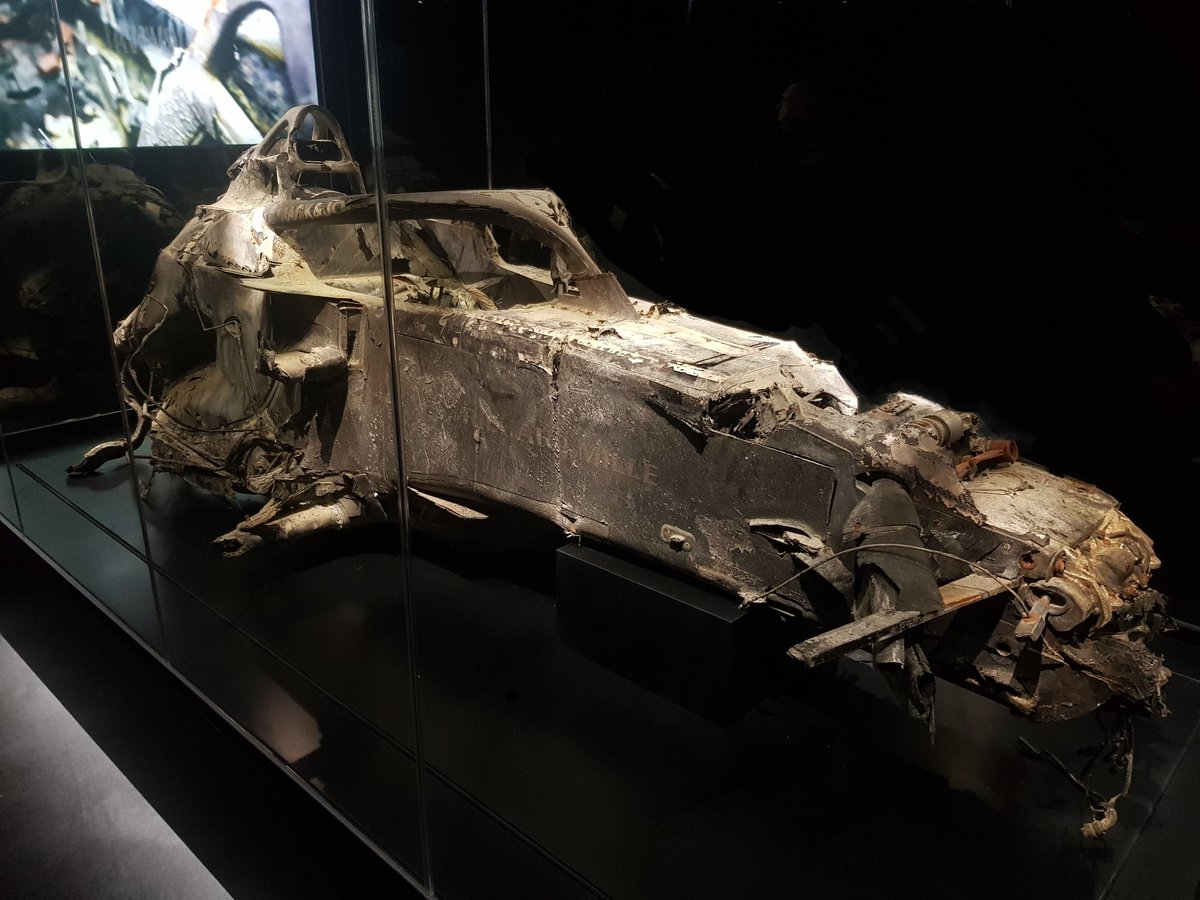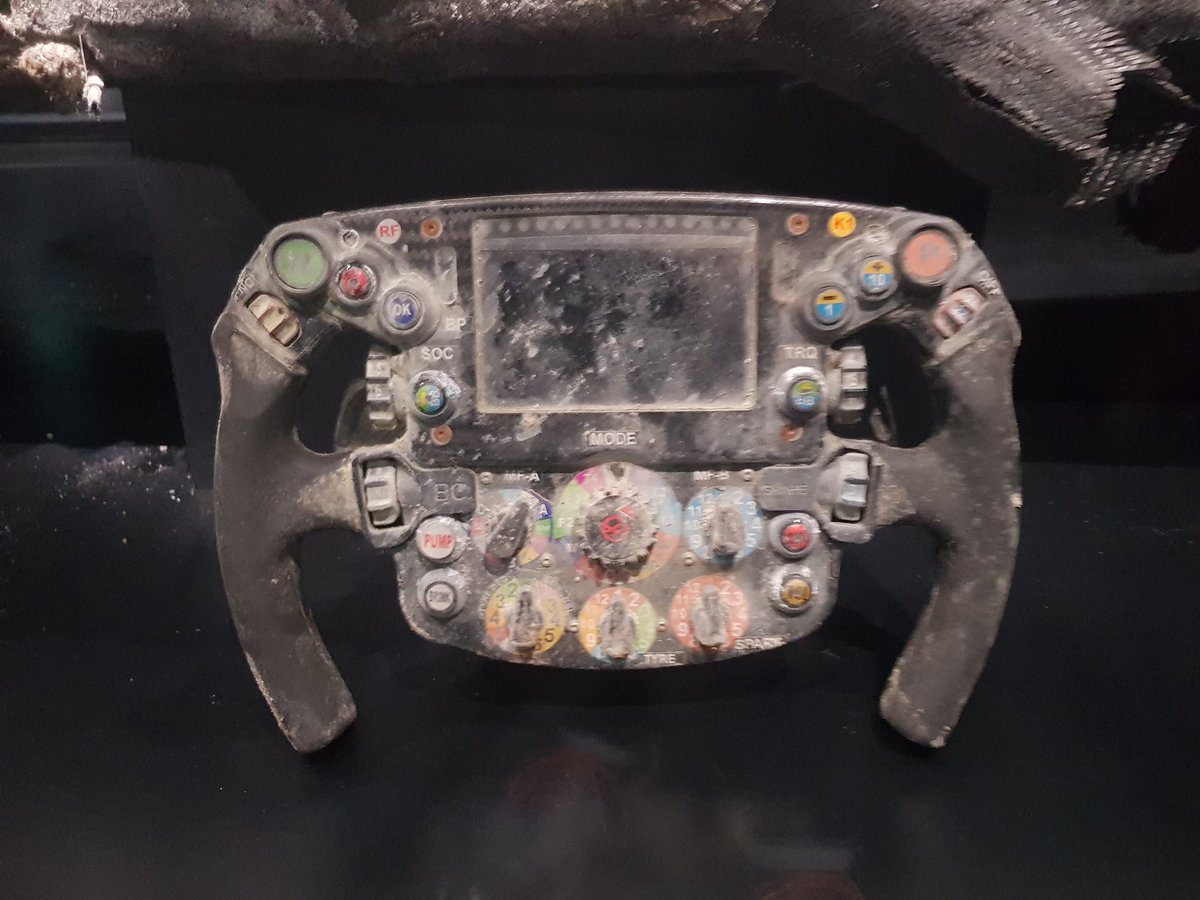The updated floor, in particular the floor edge, with a wavy edged flap, mid flap and a simpler treatment ahead of the rear wheel
#F1 #TechTalk



#F1 #TechTalk




Another team to copy the Aston Martin bib wing. Curved floor fences, note the change in height of the tunnel roof inbetween them.
#F1 #TechTalk

#F1 #TechTalk


Initially contentious mirrors on the sidepod wing. Updated twice with a larger side mounting and vane hanging below the pod wing.
#F1 #TechTalk

#F1 #TechTalk


Front wing updated for Silverstone. The endplate strake was lowered, the old position visible in the carbon weave above it. A cost saving over a newly manufactured endplate.
#F1 #TechTalk

#F1 #TechTalk


• • •
Missing some Tweet in this thread? You can try to
force a refresh

















































